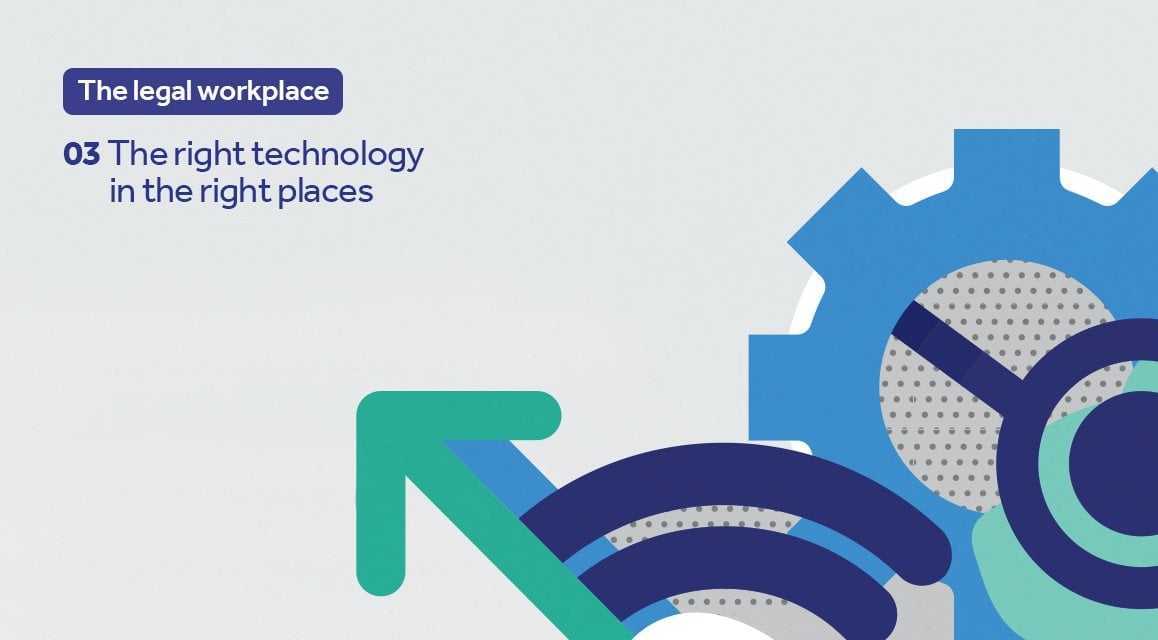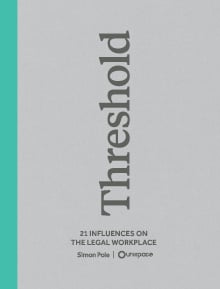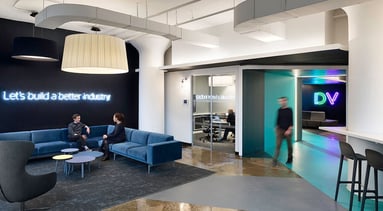
Thanks to artificial intelligence, automation, and technologies like Bluetooth and the Internet of Things, we can continually adjust our work environment to feel better and become more productive. In the legal workplace, that can mean managing anything from your lighting to critical incidents.
Investing in smart building technology is smart, for many reasons. We may not be fully there yet, and not all possibilities are within the reach of smaller firms for the present – but self-managing buildings can use technology to:
- enhance employee comfort and wellbeing, and thus improve productivity and creativity
- create a warmer, more seamless welcome and hospitality for guests
- deliver more helpful indoor mapping, location, booking and reminder services
- improve the safety and security of people and assets
- save money by optimising your energy usage and cutting down on maintenance costs
- enhance your green credentials by reducing the amount of energy you use and the waste you create
- prevent equipment failure (and employee downtime) by identifying parts soon to fail, and then ordering the spares and booking an engineer.
“You don't have to construct a smart building from the ground up… special gateways allow you to connect legacy devices to the network. Sensors placed in a variety of spots for different devices can feed you data about your building, including sound, light, temperature and occupancy of different rooms. This is useful for determining certain usage of rooms, energy, water and other analytics to help you make decisions about resource use.” – Business.com
At periods of low traffic, your building could close off certain areas to save heat, light and power while preserving a social, collaborative atmosphere. Conversely, it could open up the flow to prevent unpleasant or potentially dangerous overcrowding. It’s also possible for a building to automatically adjust your artificial and natural lighting according to the time of day, the day of the week or even the task at hand, helping to keep tiredness and lethargy at bay.
Smart building technology really comes into its own for safety and security incidents, such as fire, flood or even terrorism. While humans are prone to the kind of panic that even thorough training can’t override, a dispassionate building can simultaneously track the action with CCTV, alert the emergency services, identify in real time where all employees and guests are, put out fires or initiate flood defences, and commence the most appropriate evacuation procedures.
Smart technology may not be right for your own law firm immediately – but if you’re looking for new premises, or your landlord is planning a major refurbishment, it’s worth planning for the future today.
 More like this – but much deeper?
More like this – but much deeper?
The 200 page book details all you need to know about current and future trends for your legal workplace and includes topics such as: AI, generations in the workplace, talent acquisition, work styles, client experience, and more.
Our Global Design Director, Simon Pole, has a special interest and experience in the legal sector. In this book, he shares his in-depth thoughts about a wide range of issues, from AI to the battle of the generations via smart buildings and serendipity.


